December: Amazake
December 01, 2024
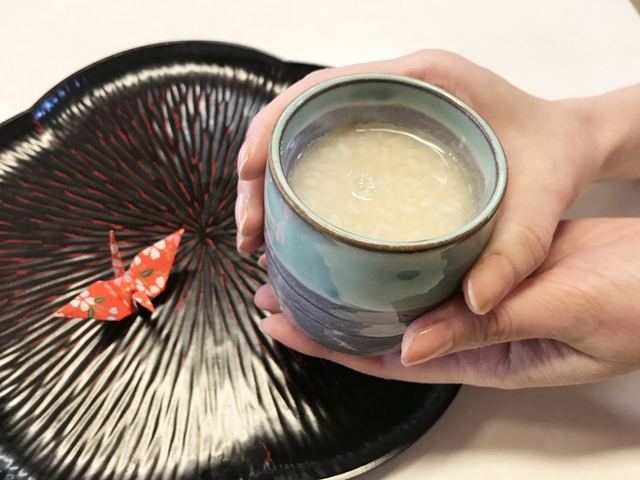
Amazake
From sake to sushi to mochi, rice is the Japanese staple behind a surprising number of the most well-known Japanese specialties. There are some, however, that are a little less international, but no less delicious. Amazake is a fermented rice drink with a sweet flavor, but its unusual texture may be one of the reasons it has yet to reach the menus of the world.
Rather than a sharp, clear liquid, amazake is cloudy and thick, with rice grains noticeable while drinking. This may sound unappealing at first, but the mellow richness that comes with it makes for a delicious and unique combination that soon wins visitors over. Available warm or cold, alcoholic or without, there’s an amazake for anyone willing to get to know it.
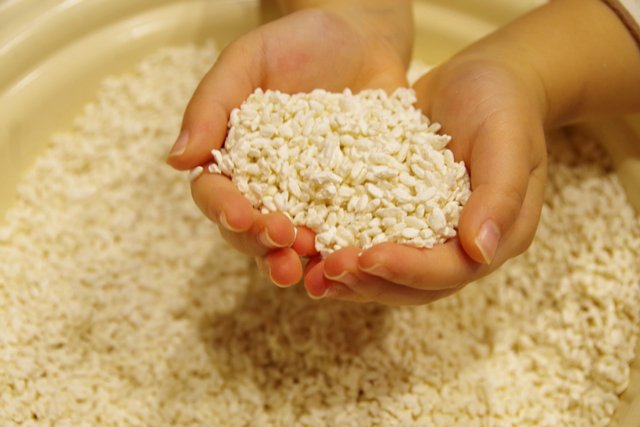
Koji rice mold
The main difference in amazake is the presence of alcohol, with one being completely free and the other having a low-level content. This is due to a difference in production process, which is generally simple. For “koji amazake,” the rice and koji mold are fermented directly and no alcohol is formed, meaning it’s a child-friendly option as well as being suitable for those avoiding alcohol. The alternative kind is made using sake lees, which is a byproduct of sake production and therefore lends a low level of alcohol to the finished product, although it is often less than 1%. While both are delicious and boast a rich array of vitamins and minerals, the former is known for its gentle sweetness and smooth texture. It is a popular way to replenish energy and fight fatigue as well as being a popular hangover cure!
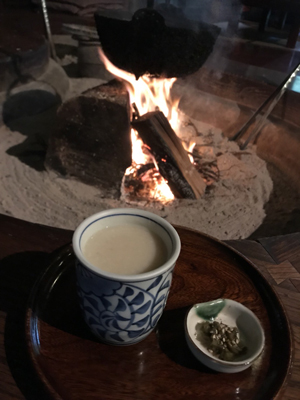
Cozying up to the fire with a traditional cup of amazake (AmasakeChaya)
Amazake has been popular since the Nara period (710–794) but gained in popularity in the Edo period (1603–1868) and was sold in the streets rather than preserved for nobility. Today, amazake can be found in shrines and temples as well as vending machines, with popular brands offering a variety of warm, cold and flavored options.
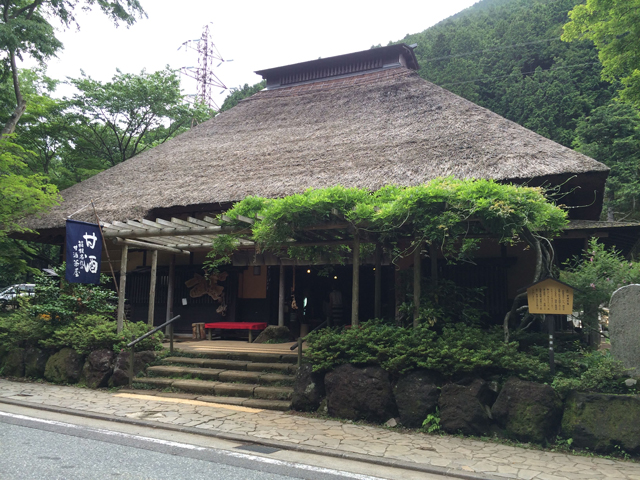
Amasake Chaya, Hakone (AmasakeChaya)(GoogleMap)
While many associate amazake with summer thanks to its health-restoring properties, the warming nature of the drink makes it a go-to for cooler months. In popular travel destination Hakone, one well-established spot serves up some of the best amazake available. Simply called Amasake Chaya, the thatched roadside cafe has been serving passing travelers for nearly 400 years and is now run by the 13th generation of the original family. Stepping inside, visitors are seated on the floor, crafted with materials reclaimed from the original building during its reconstruction. The cafe was once one of many along the Tokaido Road, a popular route for travelers making the long journey on foot between Kyoto and Tokyo, but now only this one remains. Using the original family recipe, the owners have huge pots of non-alcoholic amazake warming in winter, ready to serve visitors who arrive weary and in need of a comforting treat. In summer, shaved ice and cool amazake are a refreshing alternative. Visitors can pop next door to the museum and learn about the history of the area.
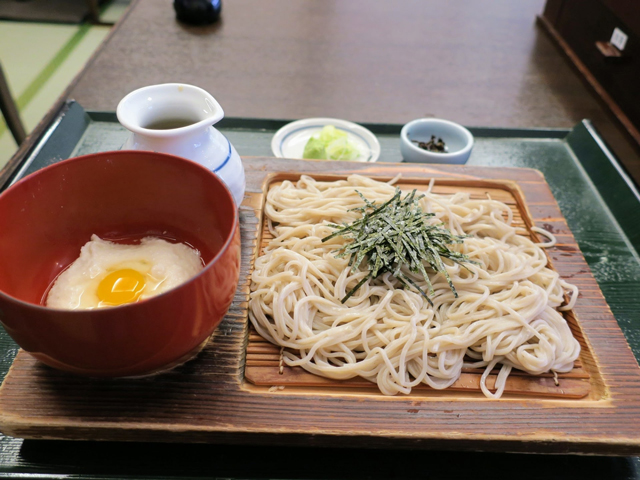
Local soba noodle
These days traveling to Hakone is much easier, with trains and coaches offering visitors a chance to explore. Whether it’s taking in the stunning volcanic views and sampling the black eggs of Owakudani Valley or posing by the famous waterside torii gate at Lake Ashi, visitors know Mt. Fuji is never far. The area’s hot springs are equally famous and many also offer views of the Japanese symbol, making for a once-in-a-lifetime relaxing soak. Savor the local soba noodle made with their highest-quality water, topped with revitalizing yamaimo (yam) grown in the surrounding mountains, but be sure to leave room for a final amazake before starting the long journey home—it will be the perfect boost you need.
For more details, contact DMC Japan to discuss ideas, locations and rates.
Contact Us


